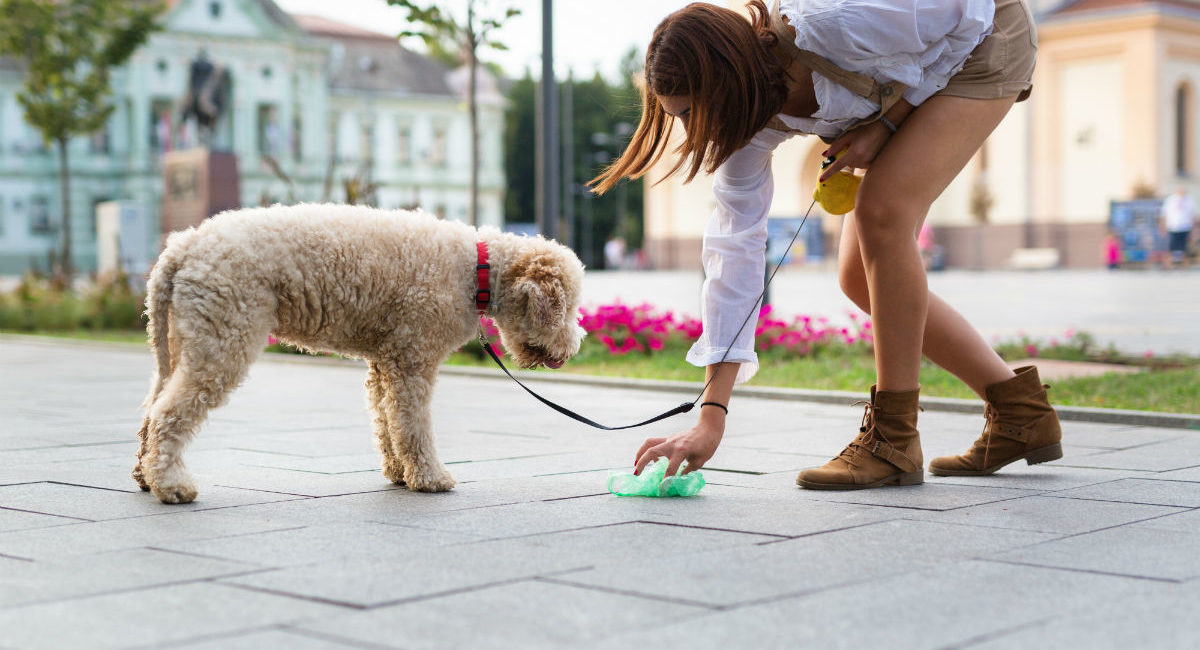

Articles
How To Store A Stool Sample For The Vet
Modified: February 27, 2024
Read our informative articles on how to properly store a stool sample for the vet. Learn the best techniques and avoid any mishaps.
(Many of the links in this article redirect to a specific reviewed product. Your purchase of these products through affiliate links helps to generate commission for Storables.com, at no extra cost. Learn more)
Introduction
When you bring your pet to the vet, it’s not uncommon for the veterinarian to request a stool sample. While it may seem odd or even gross, these samples play a crucial role in diagnosing and treating your pet’s health issues. Stool samples can help the vet identify the presence of parasites, bacteria, viruses, or other abnormalities in your pet’s digestive system.
In this article, we will guide you through the process of storing a stool sample for the vet. By following these steps, you can ensure that the sample remains viable and can be properly analyzed by the veterinarian. You may feel uncertain or uncomfortable about collecting and storing a stool sample, but remember, it’s an important part of your pet’s healthcare and can provide invaluable information for their overall well-being.
Before we dive into the specifics, let’s take a closer look at why stool samples are so important for the vet in diagnosing and treating your furry friend.
Key Takeaways:
- Properly collecting and storing a stool sample for your pet’s vet visit is crucial for diagnosing and treating digestive issues. Following step-by-step instructions and proper storage guidelines ensures accurate analysis and effective treatment.
- Stool samples provide invaluable insights into your pet’s digestive health, helping vets detect parasites, infections, and disorders. Regular sample analysis can prevent severe health problems, contributing to your pet’s overall well-being.
Read more: How To Store Cat Stool Sample For Vet
Why Stool Samples Are Important for the Vet
Stool samples are crucial for veterinarians because they provide valuable insights into your pet’s digestive health. Here are a few reasons why stool samples are essential for the vet:
- Detecting Parasites: Parasites such as worms, giardia, and coccidia can wreak havoc on your pet’s gastrointestinal system. By examining a stool sample under a microscope, the vet can identify the presence of these parasites and prescribe the appropriate treatment.
- Diagnosing Bacterial and Viral Infections: Stool samples help identify bacterial and viral infections that can cause diarrhea, vomiting, and other digestive issues in pets. With this information, the vet can determine the type of infection and recommend the most effective treatment plan.
- Evaluating Digestive Disorders: If your pet is experiencing chronic digestive problems, a stool sample analysis can help the vet identify underlying digestive disorders such as inflammatory bowel disease or pancreatitis. This information allows for accurate diagnosis and tailored treatment.
- Monitoring Treatment Effectiveness: If your pet is undergoing treatment for a digestive issue, periodic stool sample analysis can help the vet assess the effectiveness of the treatment. It allows them to gauge if the medication is working, if any adjustments need to be made, or if further investigations are required.
It’s important to note that even if your pet shows no signs of digestive issues, routine stool sample analysis is recommended as a preventive measure. Some parasites and infections may not display immediate symptoms, and early detection can prevent more severe health problems down the line.
Now that we understand the significance of stool samples for the vet, let’s move on to preparing and collecting the stool sample properly.
Preparing to Collect the Stool Sample
Before you collect a stool sample for the vet, there are a few essential steps you should take to ensure accurate and safe collection:
- Consult with the Vet: If your pet has been exhibiting any digestive issues or if the vet specifically requests a stool sample, it’s wise to consult with them first. They can provide specific instructions or inform you of any dietary restrictions that may need to be followed before collecting the sample.
- Gather the Necessary Supplies: You will need a clean, leak-proof container for collecting the stool sample. Your veterinarian may provide you with a specific container, or you can use a sealable plastic bag or a disposable container. Be sure to label the container with your pet’s name and the date.
- Choose the Collection Method: Depending on your pet’s size and temperament, you can collect the stool sample by catching it directly as it’s being expelled or by picking it up from the ground shortly after your pet has defecated. Make sure you have gloves, a plastic bag, or a scooping device if needed.
- Prepare the Collection Area: If you plan to collect the sample from the ground, choose a clean area where your pet frequently eliminates. Use a non-toxic disinfectant to clean the area before and after collecting the sample to prevent contamination.
- Keep Your Pet Calm: Dogs and cats can be sensitive to changes in their routines, so it’s important to keep your pet calm and relaxed during the collection process. Speak in soothing tones, offer treats or distractions, and maintain a reassuring presence.
By following these preparations, you can ensure a smooth and stress-free collection process. In the next section, we will provide you with step-by-step instructions on how to collect the stool sample from your pet.
Step-by-Step Instructions for Collecting the Stool Sample
Collecting a stool sample from your pet may seem challenging at first, but with these step-by-step instructions, you’ll be able to do it effectively:
- Pick the right time: Choose a time when your pet is likely to have a bowel movement, such as shortly after a meal or a walk. Take your pet to the designated collection area.
- Wear gloves: Put on disposable gloves to protect yourself from any potential bacteria or parasites present in the stool.
- Collect the sample: If your pet is small, you can consider placing a clean tray or container under them as they defecate to catch the sample. If your pet is larger, use a plastic bag or scooping device to collect the sample shortly after it has been expelled.
- Collect enough sample: Collect about 1-2 tablespoons of stool for analysis. Be sure to include different parts of the sample, as this will provide a more accurate representation of your pet’s digestive health.
- Avoid contamination: Ensure that the sample does not come into contact with urine, grass, or any other foreign substances. This can affect the analysis and make it harder for the vet to interpret the results.
- Place the sample in the container: Carefully transfer the collected stool into the clean, leak-proof container provided by your veterinarian or the one you have prepared. Seal the container tightly to prevent any leakage during transportation.
- Remove your gloves: Remove and dispose of your gloves properly, following appropriate hygiene practices.
- Wash your hands: Thoroughly wash your hands with soap and warm water after handling the stool sample to minimize the risk of contamination.
Remember, it’s essential to collect the stool sample as soon as possible after it has been expelled for the most accurate results. Delaying the collection may result in the breakdown of vital components in the sample.
Now that you’ve successfully collected the stool sample, let’s move on to properly storing it until you can bring it to the vet.
Place the stool sample in a clean, leak-proof container and refrigerate it until you can bring it to the vet. Avoid mixing it with urine or water.
Proper Storage of the Stool Sample
After collecting the stool sample, it’s crucial to store it properly to ensure the integrity of the sample for analysis. Here are some guidelines for storing the stool sample:
- Follow the vet’s instructions: Your veterinarian may provide specific instructions on how to store the stool sample. It’s important to follow their guidance, as they are familiar with the requirements of the laboratory that will be analyzing the sample.
- Keep the sample cool: Storing the stool sample in a cool environment helps to preserve the integrity of the sample. You can place the container in a refrigerator, ensuring that it’s securely sealed and separate from any food items.
- Avoid freezing the sample: Freezing the stool sample is typically not recommended, as it can affect the consistency and quality of the sample. However, if your veterinarian specifically instructs you to freeze the sample, make sure to follow their guidance.
- Label the container: Properly label the container with your pet’s name, your contact information, and the date and time of sample collection. This ensures that there is no confusion when submitting the sample to the veterinary clinic.
- Protect the sample: Place the sealed container inside a leak-proof bag or wrap it in several layers of plastic wrap to prevent any leakage or contamination during storage and transportation.
- Store the sample in a timely manner: Ideally, the stool sample should be delivered to the vet as soon as possible after collection. If there is a delay, make sure to inform the vet and ask for their advice on how to handle the situation.
Proper storage of the stool sample is crucial for accurate analysis. By following these guidelines, you can ensure that the sample remains viable and provides the necessary information for your pet’s diagnosis and treatment.
Next, let’s discuss some useful tips for transporting the stool sample to the veterinary clinic.
Read more: How To Store A Poop Sample For The Vet
Tips for Transporting the Stool Sample to the Vet
Transporting the stool sample to the veterinary clinic requires careful handling to maintain sample integrity and prevent any contamination. Here are some helpful tips to ensure a smooth and successful journey:
- Use a secure container: Ensure that the container holding the stool sample is tightly sealed and leak-proof. This prevents any accidental spills or leaks during transportation.
- Place the container in a clear plastic bag: To provide an extra layer of protection, place the sealed container inside a clear plastic bag. This safeguards against any potential contamination and makes it easier to handle.
- Keep the sample cool: If the weather is hot or it will be a long journey, consider placing a small ice pack or a cool gel pack alongside the container to help maintain the sample’s temperature. Be careful not to directly expose the sample to the ice pack to avoid freezing it.
- Avoid direct exposure to sunlight: Direct exposure to sunlight can alter the composition of the stool sample and affect the validity of the analysis. Keep the sample in a shaded place or inside an insulated bag during transport.
- Inform the vet in advance: If there is a delay in transporting the sample or if you anticipate any issues, it’s essential to inform the vet beforehand. They can provide guidance on how to handle the situation and ensure accurate analysis of the sample.
- Keep the sample separate from your own food items: If you are transporting the sample in a cooler bag or container, make sure it is separate from any food or beverages that you may also be carrying. This prevents any risk of cross-contamination.
- Drive carefully: When transporting the sample by car, take care to drive cautiously to avoid any sudden movements or impact that may lead to sample disruption or leakage. Place the container in a secure spot where it will not be jostled around.
- Hand the sample directly to the vet: Upon arriving at the veterinary clinic, hand the sample directly to a staff member or the veterinarian themselves. Avoid leaving the sample unattended or placing it in drop-off boxes.
By following these tips, you can ensure that the stool sample arrives at the veterinary clinic in optimal condition for analysis, providing accurate results for your pet’s diagnosis and treatment.
Let’s conclude with a recap of the importance of stool samples and their benefits for your pet’s health.
Conclusion
Collecting and storing a stool sample for the vet may feel daunting at first, but it is an essential part of your pet’s healthcare. Stool samples provide valuable information that can help diagnose and treat various digestive issues, including parasites, infections, and digestive disorders.
To properly collect a stool sample, it’s important to consult with your vet, gather the necessary supplies, and choose the right collection method. Following step-by-step instructions, such as wearing gloves, collecting enough sample, and avoiding contamination, ensures a successful collection process.
After collecting the sample, proper storage is crucial. Keeping the sample cool, labeling the container, and protecting it from leakage or contamination are key factors in preserving the integrity of the sample for analysis.
Transporting the stool sample to the vet requires careful handling. Using a secure container, keeping the sample cool, and informing the vet in advance of any delays or issues are vital to maintain sample quality during transportation.
By following these guidelines and best practices, you can ensure that the stool sample remains viable and provides accurate information for your pet’s diagnosis and treatment.
Remember, stool samples are an integral part of your pet’s healthcare routine, even if they are not currently experiencing digestive issues. Regular sample analysis can help detect problems before they become more severe and ensure the overall well-being of your furry friend.
If you have any questions or concerns about collecting and storing a stool sample, don’t hesitate to reach out to your veterinarian. They are there to support you and provide guidance throughout the process.
So, the next time your vet requests a stool sample, you can approach the task with confidence, knowing that you are contributing to your pet’s health and well-being.
Frequently Asked Questions about How To Store A Stool Sample For The Vet
Was this page helpful?
At Storables.com, we guarantee accurate and reliable information. Our content, validated by Expert Board Contributors, is crafted following stringent Editorial Policies. We're committed to providing you with well-researched, expert-backed insights for all your informational needs.
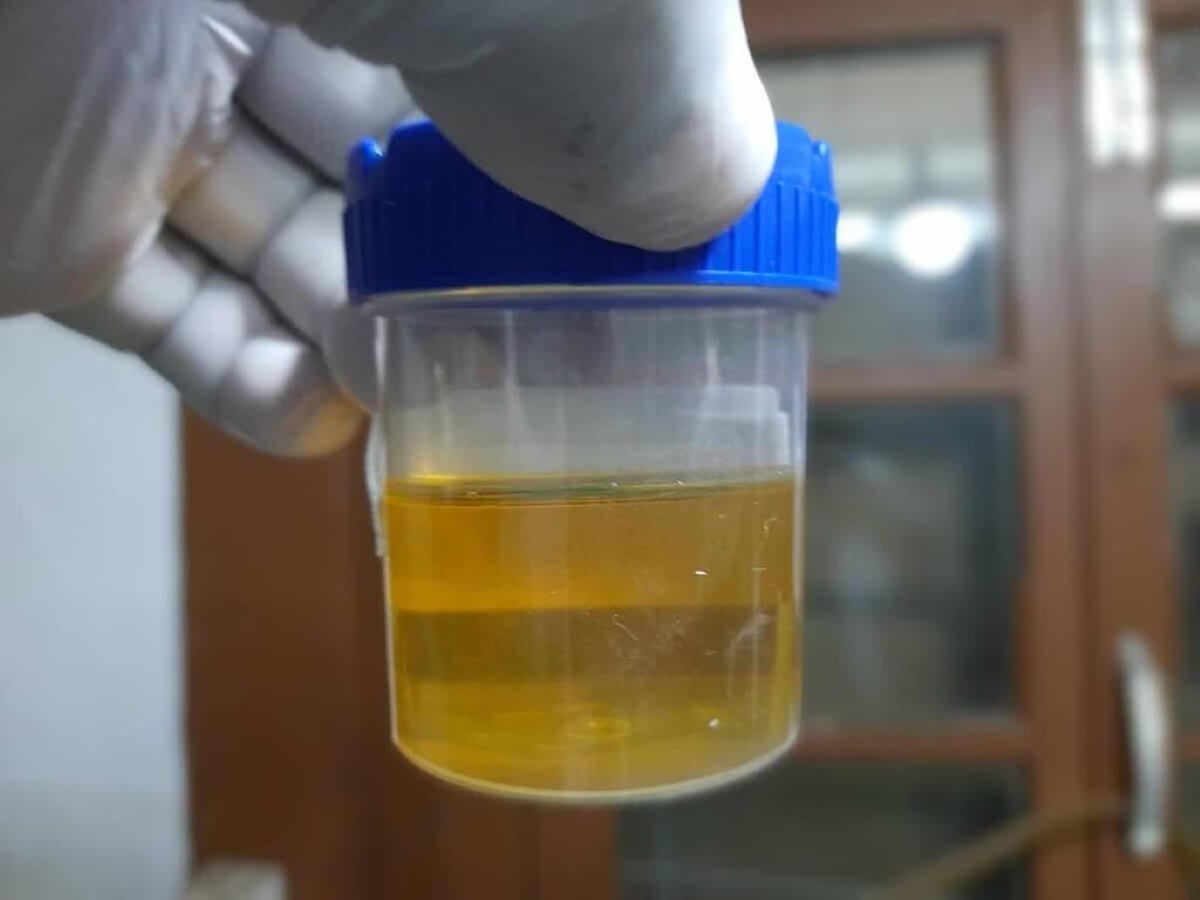
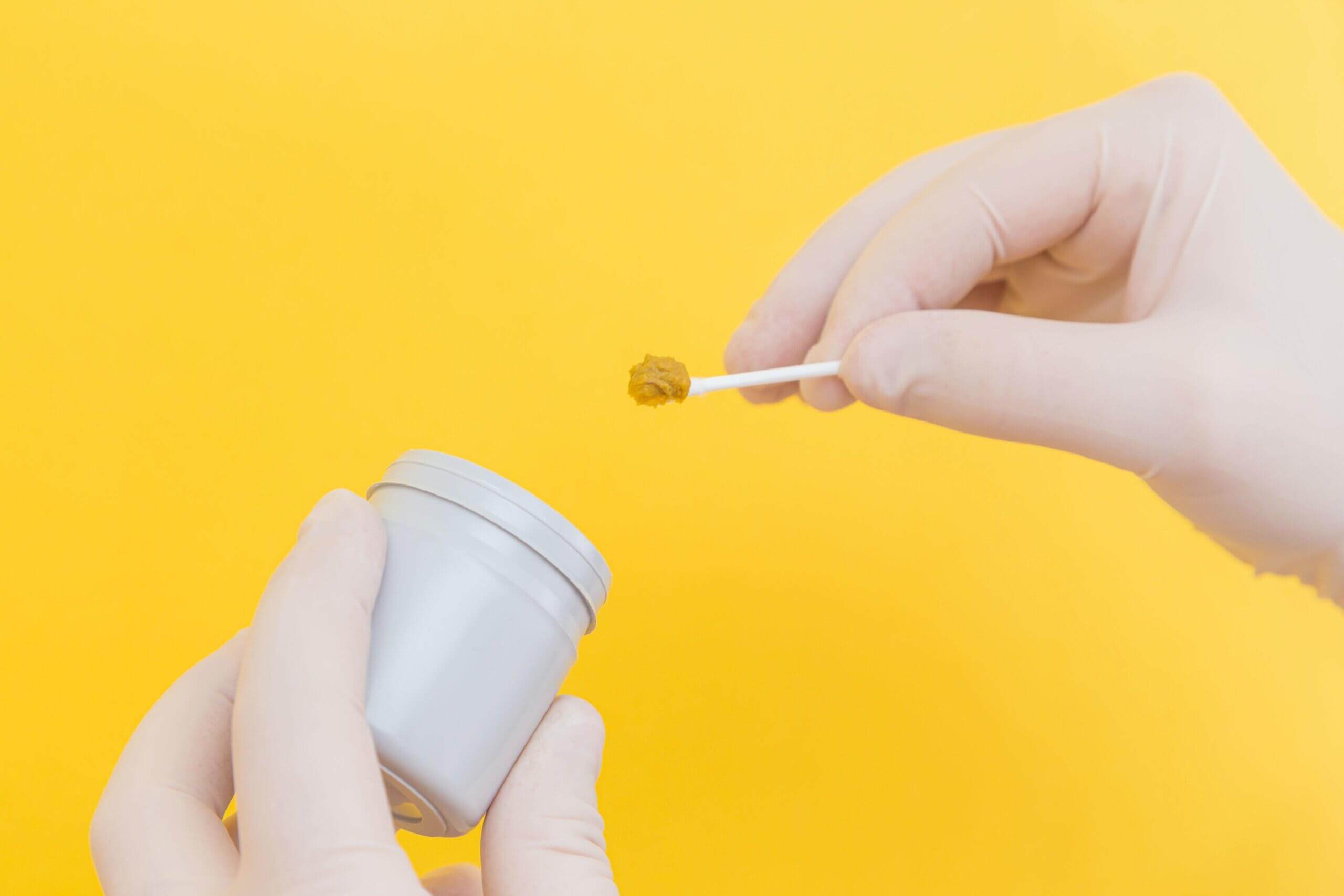
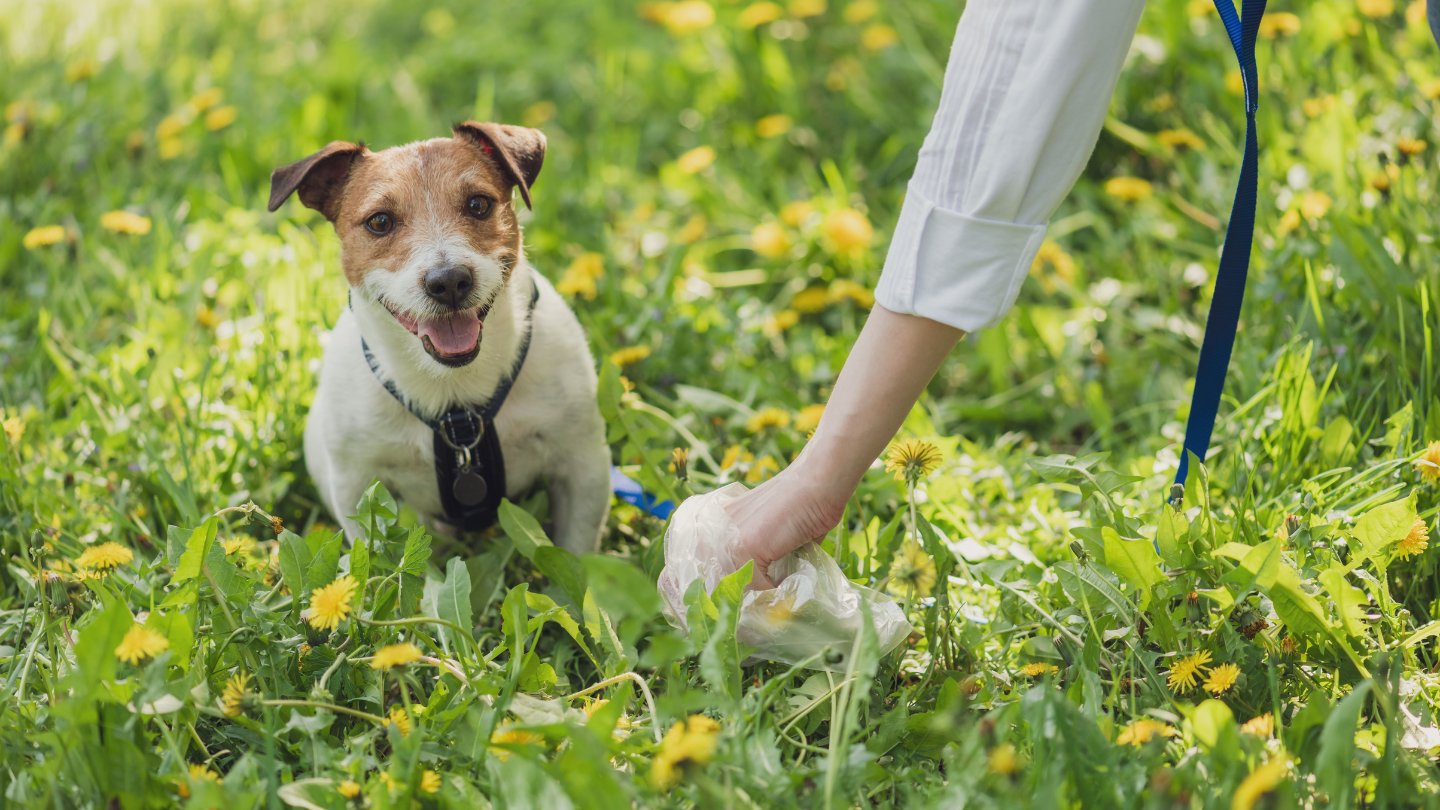
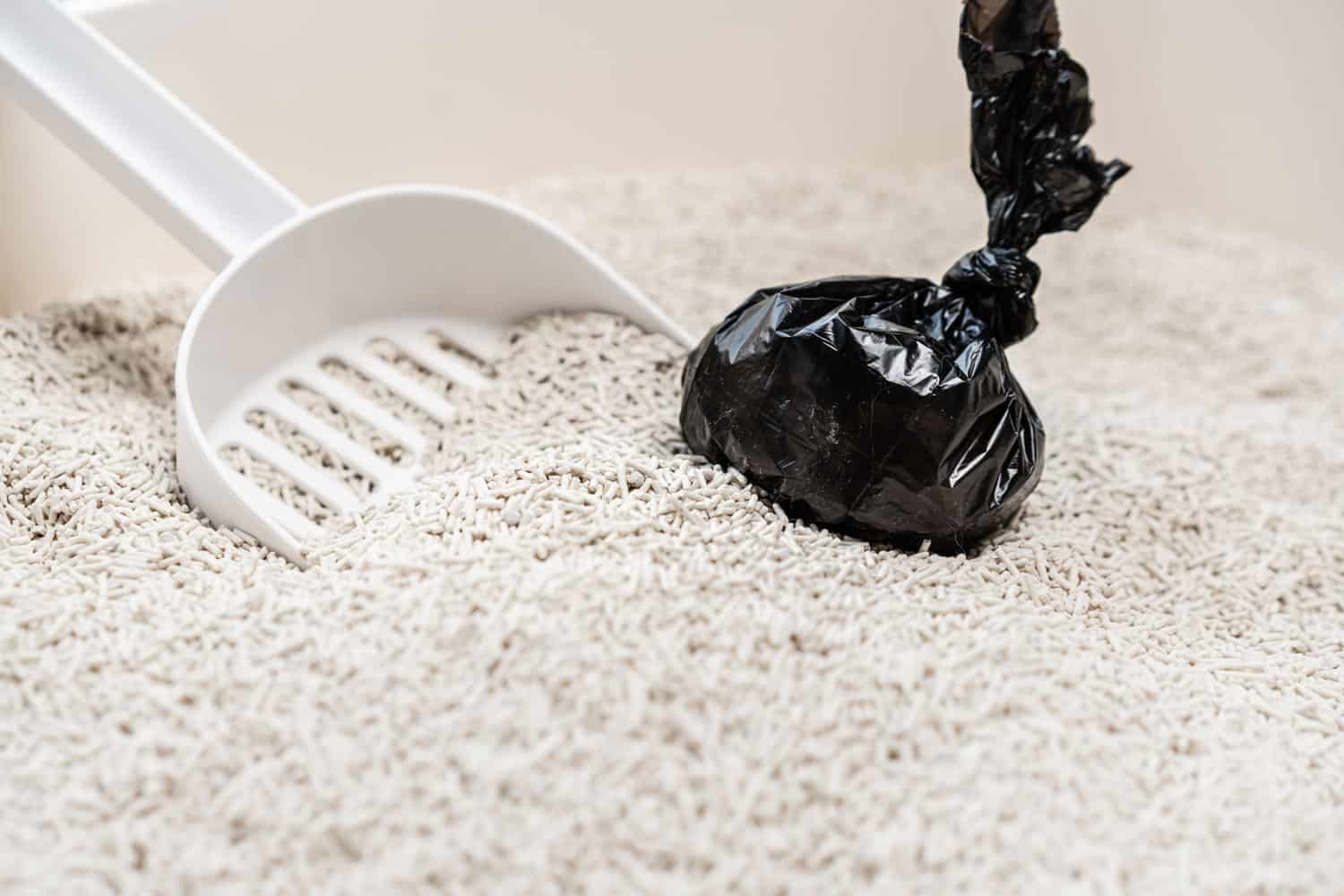
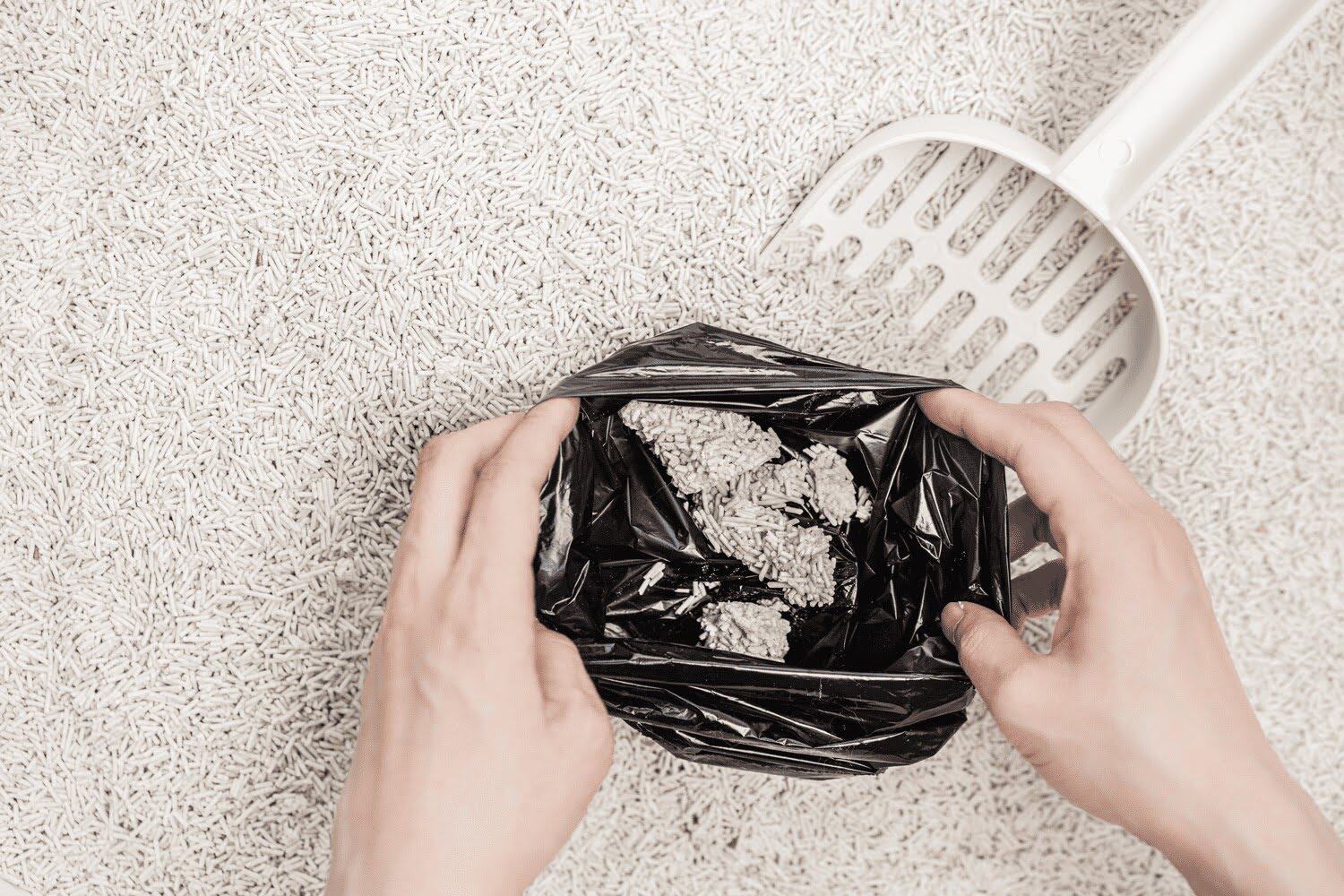
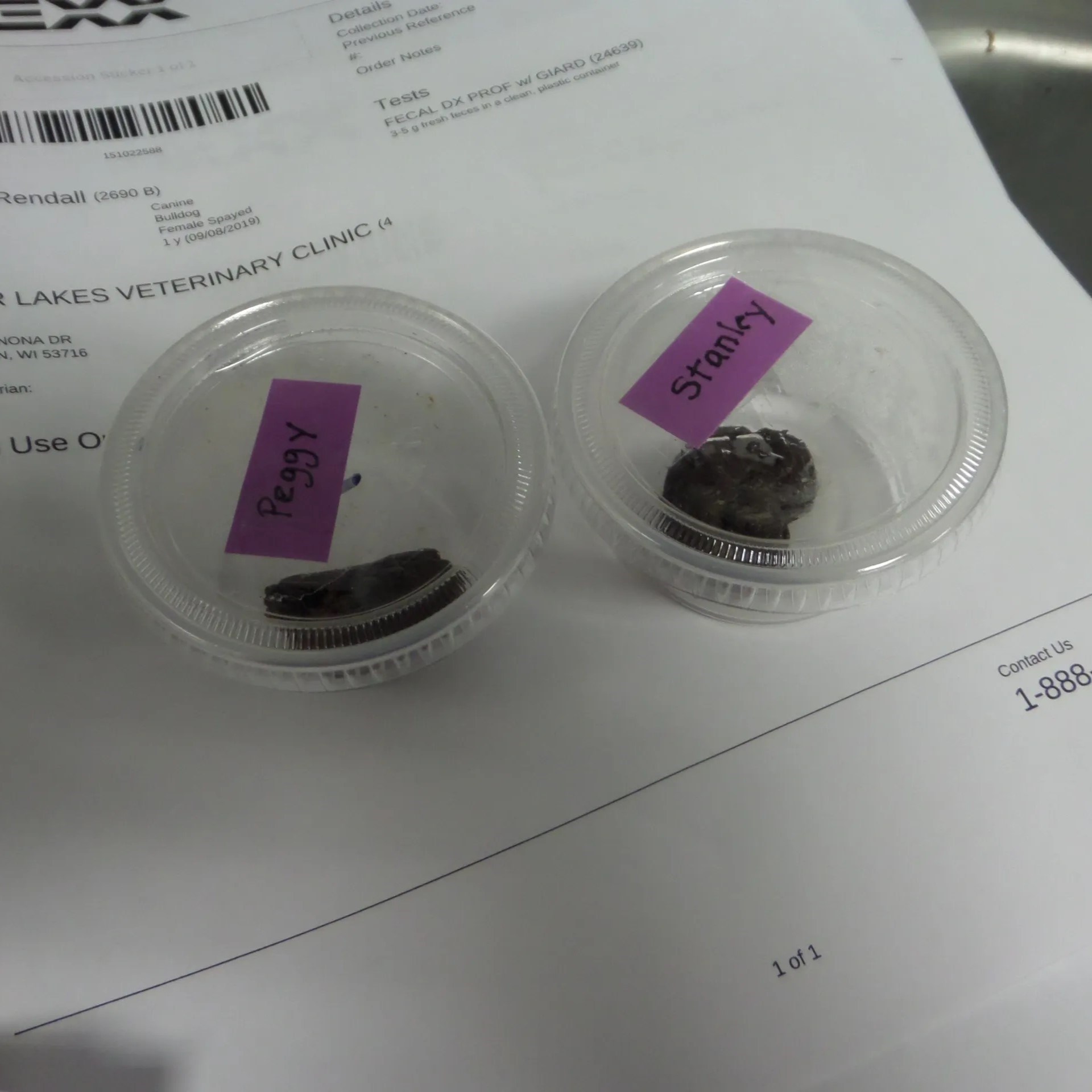

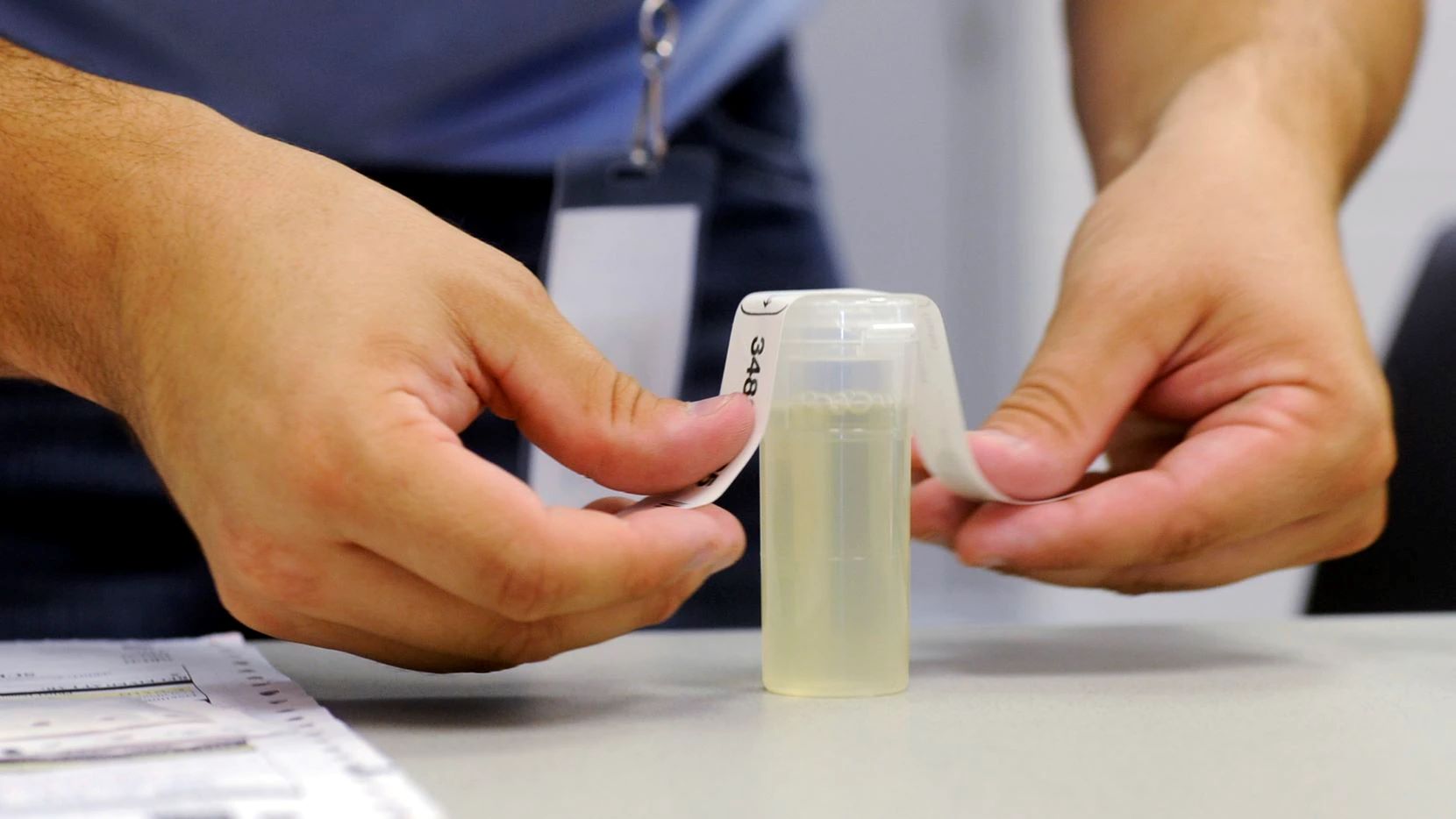
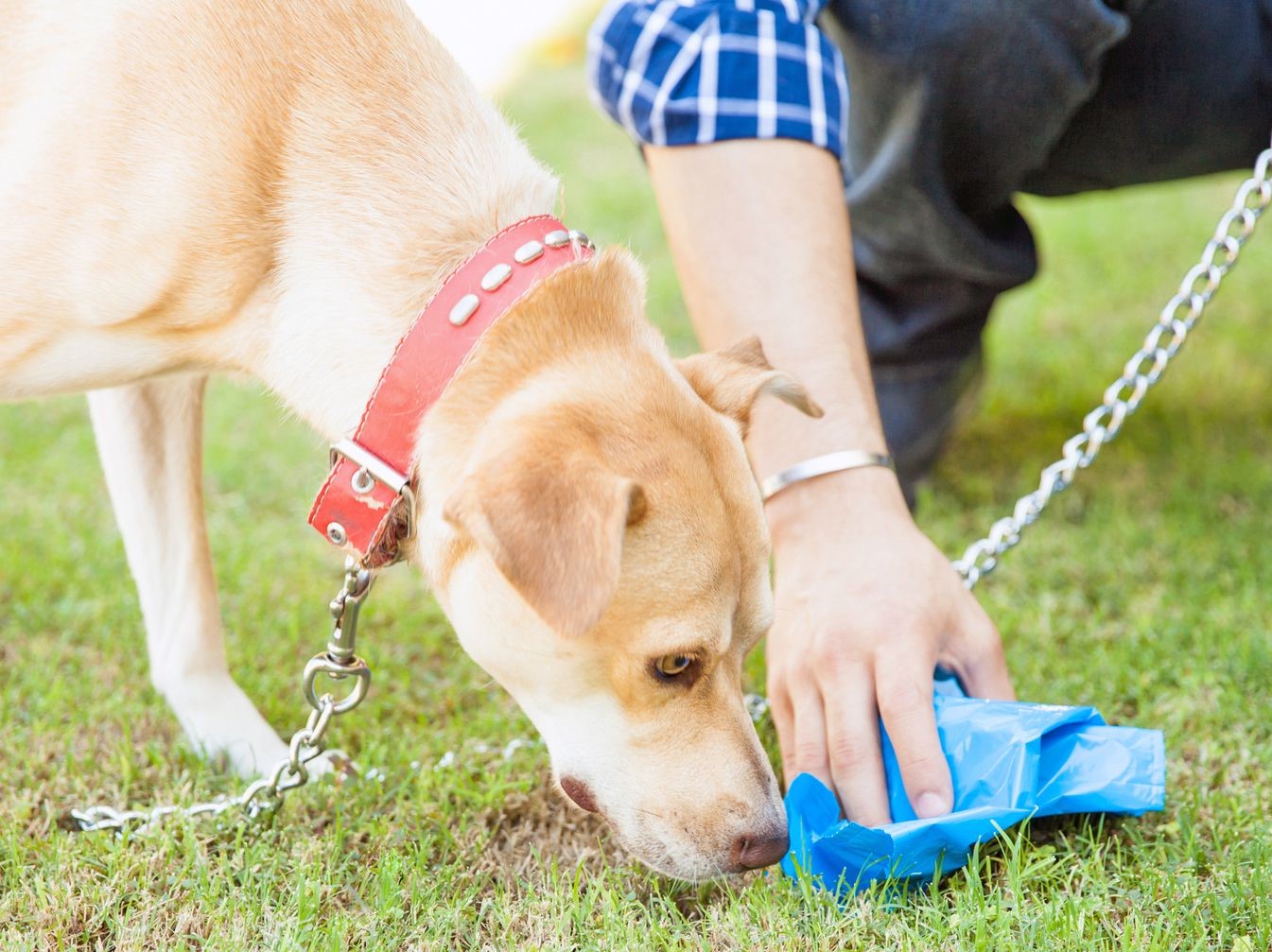

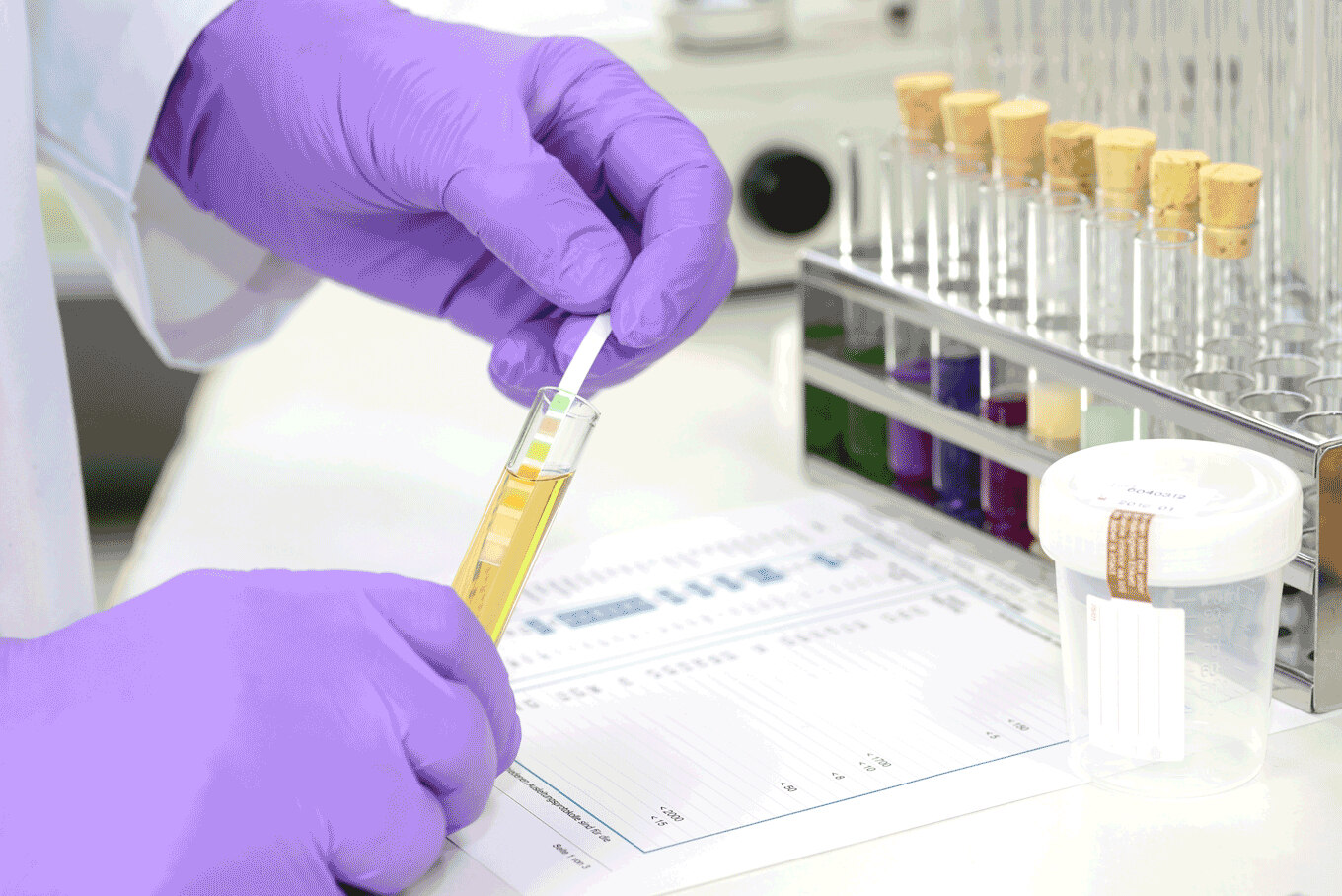
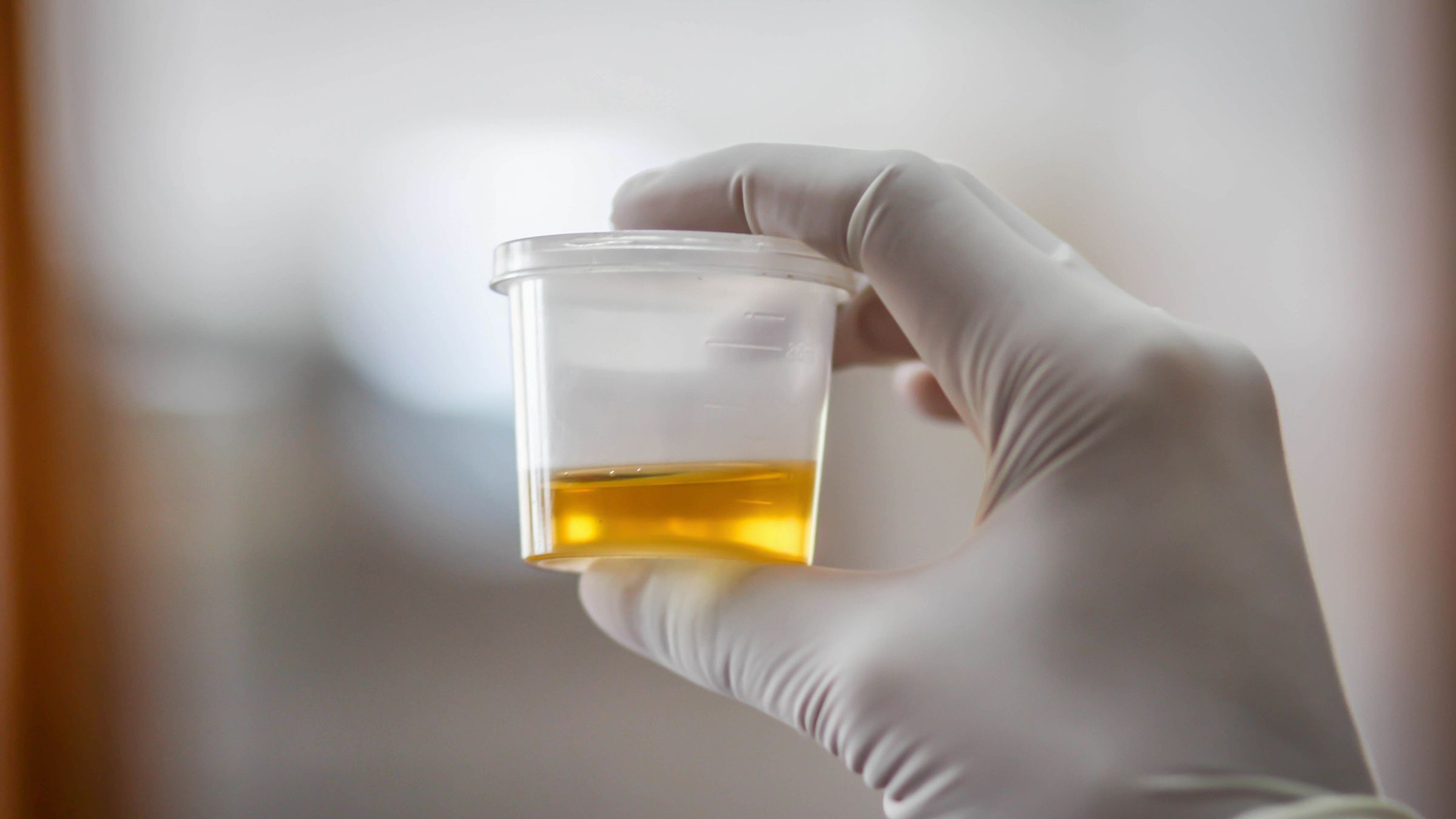
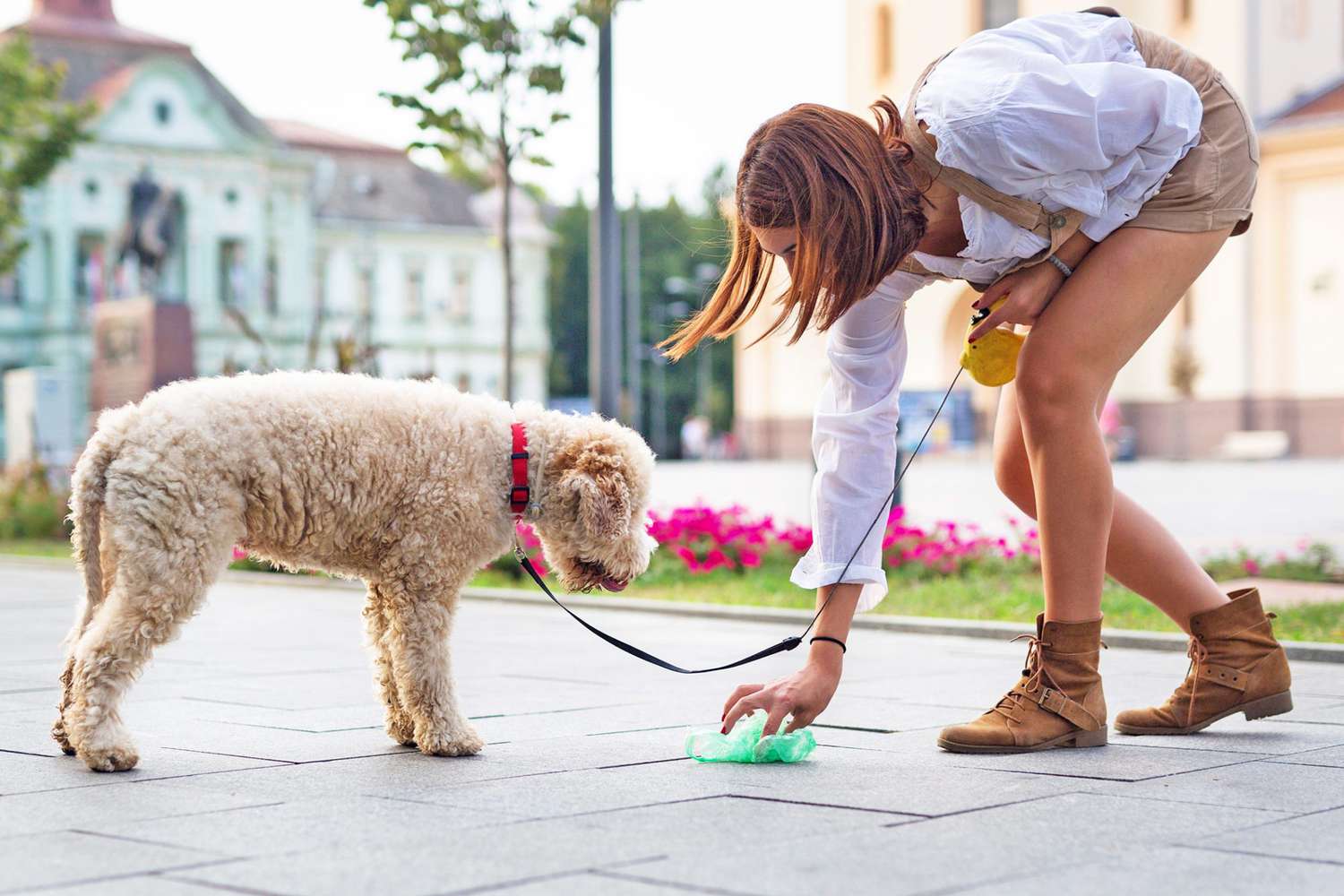
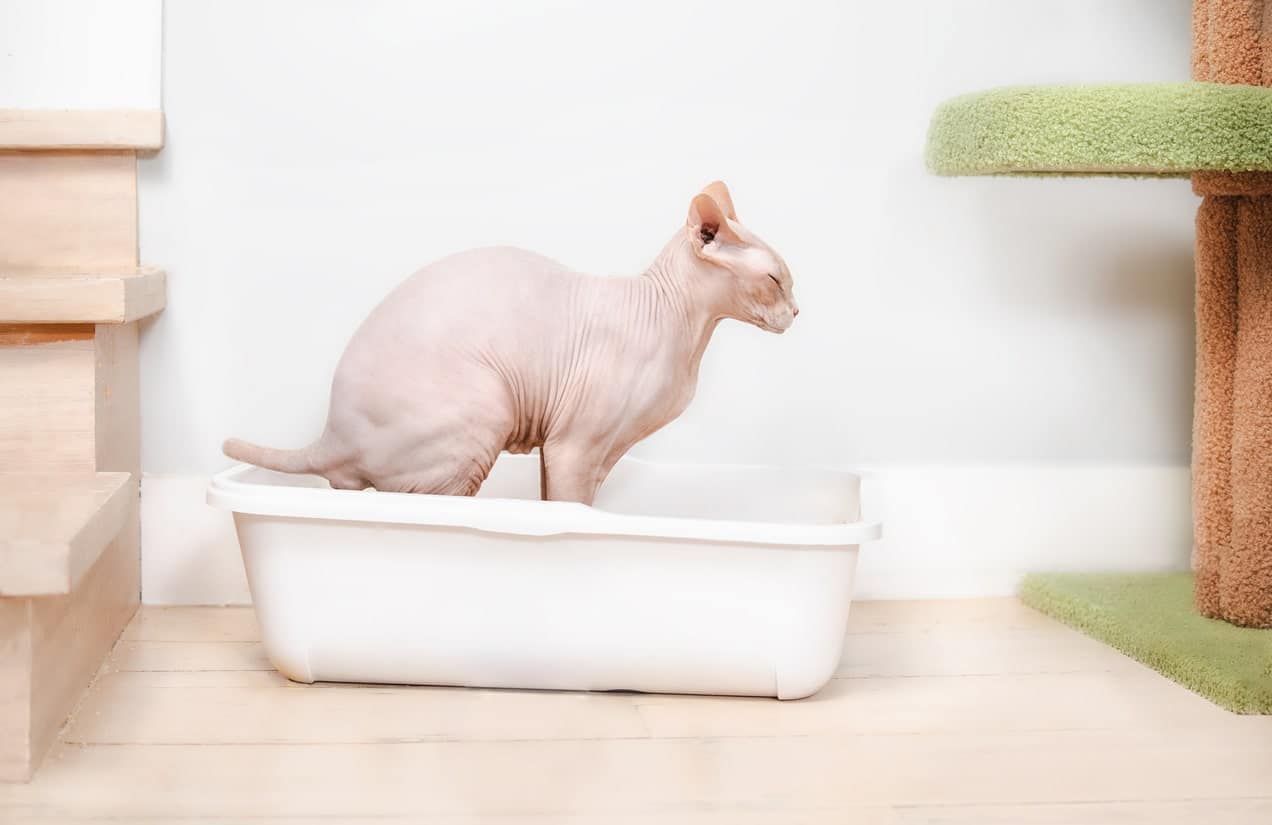

0 thoughts on “How To Store A Stool Sample For The Vet”